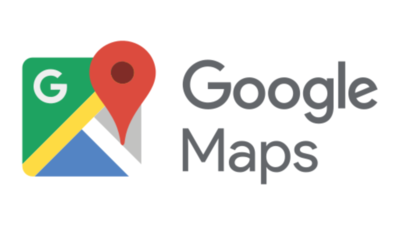
Two German tourists were stranded in the Australian wilderness after their car sank in mud. They camped in the car before attempting to escape on foot, encountering a crocodile along the way. Google Maps apologized and removed the road from the map.
A seemingly routine
road trip
turned into a harrowing ordeal for two German
tourists
who found themselves
stranded
in the heart of Australia’s wilderness. The culprits? None other than
Maps, which led them astray with a faulty route.
Philipp Maier and Marcel Schione were en route to the small town of Bamaga in Queensland’s northern region. Armed with the world’s most-used
navigation app
, they embarked on what should have been a straightforward drive.
However, Google Maps had other plans.
The app directed them onto a remote dirt road, which turned out to be the entrance to the Oyala Thumotang National Park. Unfortunately, the park had been closed to the public since December 2023 — something they had no idea about. As their vehicle sank into wet mud, they realized they were trapped—no cell service, no way out.
Stranded and desperate, the two tourists camped inside their bogged-down car for nearly a week. The duo tried to build a tent but that didn’t last for too long. With no rescue in sight, they decided to attempt to escape on foot, noted a report by Business Insider. Their journey was nothing short of a nightmare and they said that they certainly saw a crocodile in a creek.
A Google spokesperson acknowledged the mishap, stating that the road in question had been removed from Google Maps. A spokesperson for Google told Business Insider: "We apologise for this incident and are relieved that Philipp and Marcel are safe. We can confirm that this path has been removed from the map."
As Maier aptly put it, "We decided, 'OK, let's follow Google Maps because Google Maps knows maybe more than we know’,”. Clearly, Google Maps didn’t know more or what it knew proved rather tricky for the two tourists. Google utilises a variety of sources to keep its maps up-to-date, which encompass third-party information, user submissions, Street View, and satellite imagery. The company confirmed that it has removed the particular trail that led the two tourists astray.












 English (US) ·
English (US) ·